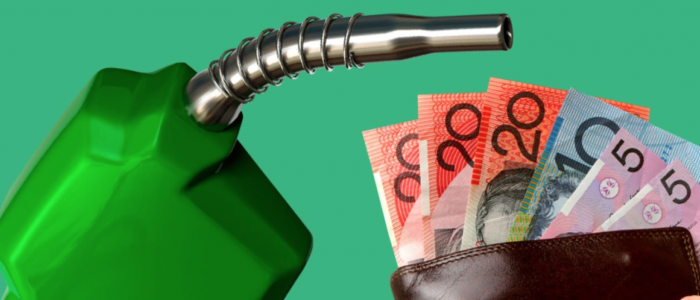Federal Budget 2022 – Some cost-of-living relief
The Treasurer has delivered a budget that focuses on key spending measures to drive Australia’s economic recovery in a post-pandemic, natural disaster and conflicted international environment.
The budget position has improved dramatically from the forecasts delivered in the Mid-Year Economic and Fiscal Outlook (MYEFO) in late 2021. The deficit for 2022-23 is now expected to be $67.5 billion (down from $161 billion). This is largely due to a much stronger rebound in employment than was expected at the height of the pandemic last year. Revenue has also received a boost from strong household incomes, a tightening labour market, higher average wages driving stronger personal income tax and GST receipts, as well as strong bulk commodity prices. There are also a number of measures which will take effect immediately or soon, which are aimed at addressing the cost-of-living challenges currently facing Australians. This budget is focused on maintaining the strong economic growth and employment following the easing of pandemic restrictions across the nation. It also includes pre-election boosts to Australians through a cut in fuel excises, lump sum payments to social security recipients, as well as strong infrastructure and disaster recovery spending. While there is no forecast of a budget surplus over the forward estimates, there is a strong focus on the reduction of government debt to manageable levels as a result of controls on Government expenditure.
Below are the list of main changes that are most likely to effect Weaver Wealth Management clients:
Superannuation
Continuation of the reduced minimum pension drawdown:
The budget proposes to extend the minimum amount that needs to be drawn from account-based income streams to the 2022/23 financial year. This means individuals with account-based pensions will be required to draw less from their savings, in line with the current year minimums.
Social Security
Cost of living payment:
Eligible social security recipients resident in Australia will receive a one-off $250 payment in April 2022. Eligible payments include the Age Pension, Disability Support Pension, Carer Payment and Allowance, JobSeeker Payment (and equivalent DVA payments), as well as individuals holding a Pensioner Concession Card or Commonwealth Seniors Health Card. Like previous relief, the payments will not be means tested and will be tax-free. Individuals will only receive one payment even if they receive multiple qualifying benefits.
Lowering the Pharmaceutical Benefits Scheme (PBS) safety net:
From 1 July 2022, the Government proposes the PBS safety net to come into effect earlier, with 12 fewer scripts being required for concessional patients and 2 fewer scripts for general patients each calendar year before the safety net activates. Once within the safety net, concessional patients do not pay for PBS medicines whilst general patients only pay the concessional co-payment rate (currently $6.80 per script).
Personal taxation
Halving of fuel excise:
For six months from 12:01am 30 March 2022, the excise on fuel and petroleum-based products will be halved. Whilst not a direct tax, the expectation is this should result in lower fuel prices during this period. Half the current excise on fuel and diesel is 22.1 cents per litre.
Cost of living tax offset:
The Low and Middle Income Tax Offset (LMITO) will increase, providing an additional $420 to reduce tax payable for eligible taxpayers in the 2021/22 financial year. This offset is non-refundable and available to those earning up to $126,000 per annum. However, individuals earning over $126,000 per annum will not benefit. Further, LMITO was not extended, meaning it will not apply for the 2022/23 or later financial years.

